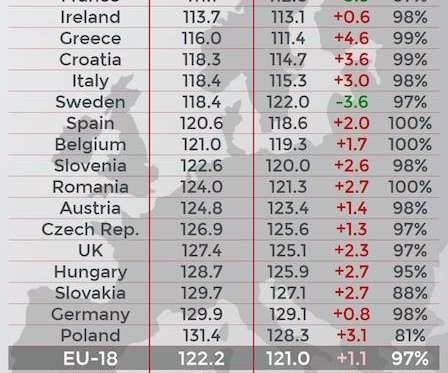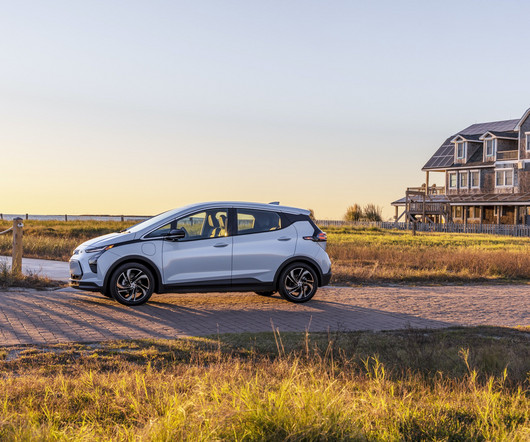Suzuki Australia joins Toyota in committing to hybrid powertrains for most models, first BEV to launch in 2025
EV Central
JUNE 5, 2024
In just 18 months Suzuki Australia is planning to reposition itself from electric zero to hero. Starting with the launch of the mild hybrid Swift Hybrid compact passenger car on June 15, the Japanese blue collar brand will swap most of its range to petrol-electric hybrid by late 2025. 2024 Suzuki Swift Hybrid. “I












Let's personalize your content